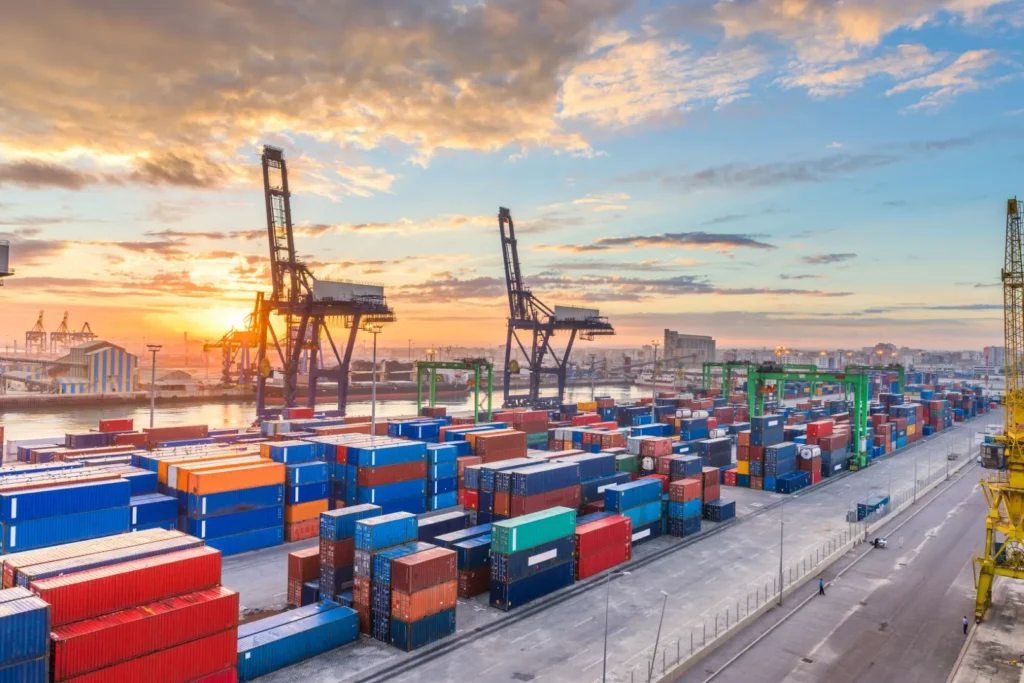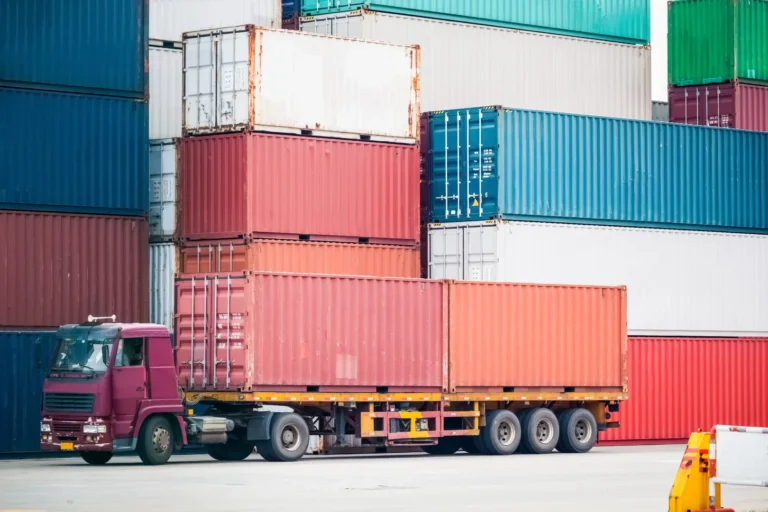Introduction: Navigating the Freight Market in 2025
The freight and logistics industry stands at a crossroads in 2025. After years of unpredictable rate swings, supply chain upheaval, and macroeconomic uncertainty, the freight market is showing signs of cautious recovery. But it’s not a straightforward rebound. While risk remains, so do clear opportunities especially for shippers and carriers who embrace adaptability, digital tools, and strategic partnerships.
Torro Freight has built its brokerage model around these very principles: scalable freight solutions for a volatile market. In this post, we examine what lies ahead for the freight industry, what shaped the current moment, and what strategies will define success in the year ahead.
The Freight Market in 2024: A Look Back
Before looking forward, it’s critical to understand how 2024 reshaped the industry. The past year saw softening demand, heightened price competition, and a narrowing margin environment for carriers. Spot rates declined across most modes, while contract rates were slow to adjust. The industry saw increased carrier consolidation, capacity right-sizing, and a surge in interest in freight tech platforms.
Lessons from 2024 highlight the value of resilience. Shippers that diversified carrier networks and invested in real-time visibility fared better. For freight brokerages, agility became a competitive advantage.
Assessing the Freight Market in 2025
In 2025, the freight market is cautiously optimistic. Capacity has largely stabilized, and demand signals are strengthening in key verticals such as retail, construction, and automotive. However, volatility still exists particularly in international trade and final-mile distribution.
Digital transformation is accelerating. Shippers are adopting transportation management systems (TMS), API integrations, and AI-powered load-matching tools. Brokerages that leverage technology to deliver faster quotes, accurate ETAs, and stronger carrier reliability are in high demand.
Recovery Hinges on Economic Stimulus
Macroeconomic forces continue to shape the freight recovery. Federal infrastructure spending and renewed stimulus efforts are expected to inject activity into manufacturing and regional transportation corridors. However, inflation remains a challenge, as do interest rate pressures.
Policy from the Federal Reserve and FMCSA will play a pivotal role in either accelerating or dampening freight movement. For shippers, monitoring economic indicators is no longer optional it’s essential for forecasting transportation costs.
Industrial Production Outlook
Industrial output particularly in machinery, consumer electronics, and automotive sectors is expected to grow moderately. This directly benefits truckload and intermodal freight as factory shipments ramp up. While growth isn’t explosive, a steady increase in domestic production signals long-term freight volume stability.
Also Read: https://torrofreight.com/key-economic-indicators-for-freight-market-recovery/
Housing Market Rebound
New housing starts are trending upward again in 2025, thanks to stabilized interest rates and increased consumer confidence. The result? Higher freight volume for building materials, appliances, and home goods. Flatbed and dry van markets stand to benefit most.
For brokers and carriers, this means aligning with construction suppliers and regional developers can unlock consistent freight lanes.
Projected Timeline for Freight Market Recovery
The path to full recovery is segmented:
– Q2-Q3 2025: Stability in LTL and e-commerce freight. Retail replenishment cycles begin to normalize.
– Q4 2025: Broader resurgence in FTL demand. Spot rate increases expected, especially in regional and long-haul lanes.
Freight volumes will vary by mode and region, but indicators suggest a slow, upward trend.

Freight Rates Outlook 2025
Short-Term Stability:
Spot rates are expected to hold steady through mid-2025. Soft demand in early quarters means shippers maintain pricing leverage.
Mid to Late 2025 Increase:
By late 2025, upward pressure on rates is likely as demand strengthens and capacity tightens. Contract rates will follow, albeit with lag. Shippers who lock in flexible contract terms now will benefit later.
Insights into Freight Projections
Emerging technologies are driving change. Brokerages using digital load boards, TMS platforms, and predictive pricing algorithms are helping shippers move faster and more efficiently. Visibility tools are no longer optional; real-time updates on ETAs and disruptions are becoming standard.
Torro Freight, for example, has integrated dynamic quoting tools and a vetted carrier network to improve speed, reliability, and customer satisfaction.
Challenges and Risks to Recovery
While the outlook is improving, several risks remain:
- Driver shortages remain unresolved in many regions.
- Equipment delays continue to impact fleet replenishment.
- Geopolitical instability affects cross-border trade and port throughput.
- Regulatory shifts may increase costs or impact hours-of-service flexibility.
- Risk mitigation will require agility, data-backed decision-making, and contingency planning.
Key Strategies for Resilience in 2025
- Leverage scalable freight brokerage services that adapt to market cycles.
- Diversify carrier networks to reduce exposure.
- Use real-time pricing and routing tools for optimal cost-performance balance.
- Invest in digital documentation and visibility tools.
- Shippers who align with technology-forward brokers like Torro Freight gain a competitive edge in 2025 and beyond.
2025: A Year of Inflection
This year is not just a recovery period it’s a transformation moment. Freight is evolving from reactive to predictive, from analog to digital. Businesses that embrace change will find new efficiencies and untapped market opportunities.
Partner with a freight brokerage that scales with your business. Torro Freight delivers stability, speed, and adaptability when it matters most.




